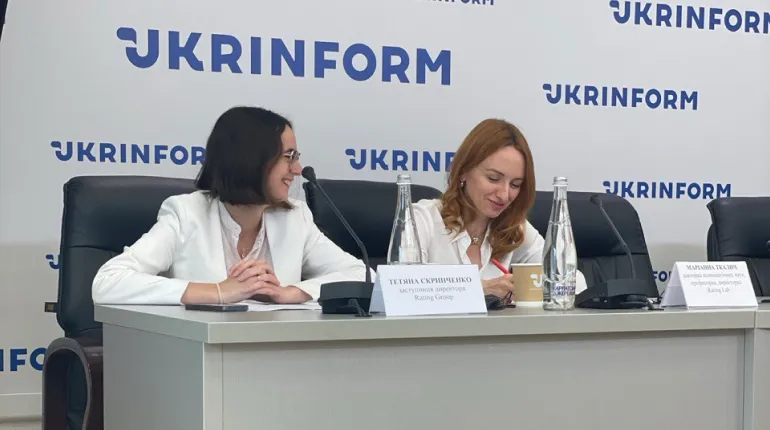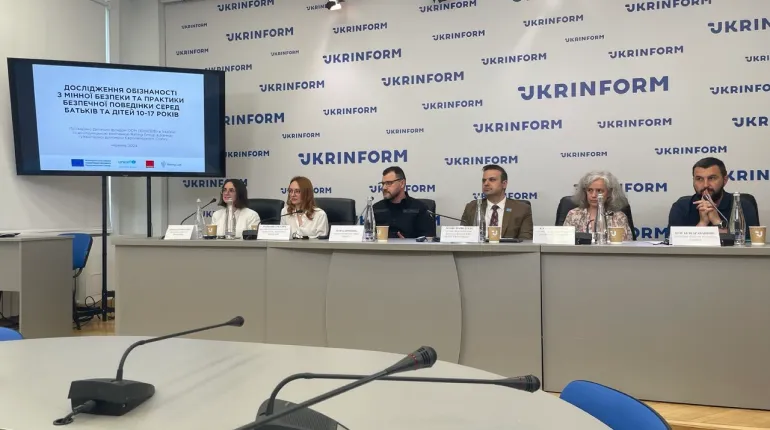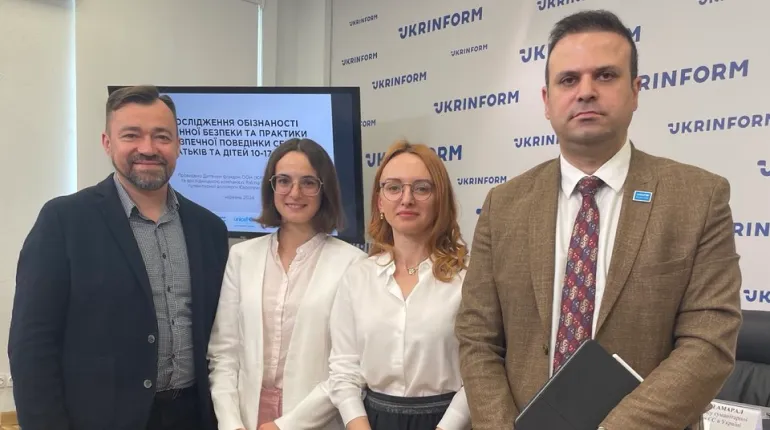Research on mine safety awareness and safe behavior practices among parents and children aged 10–17
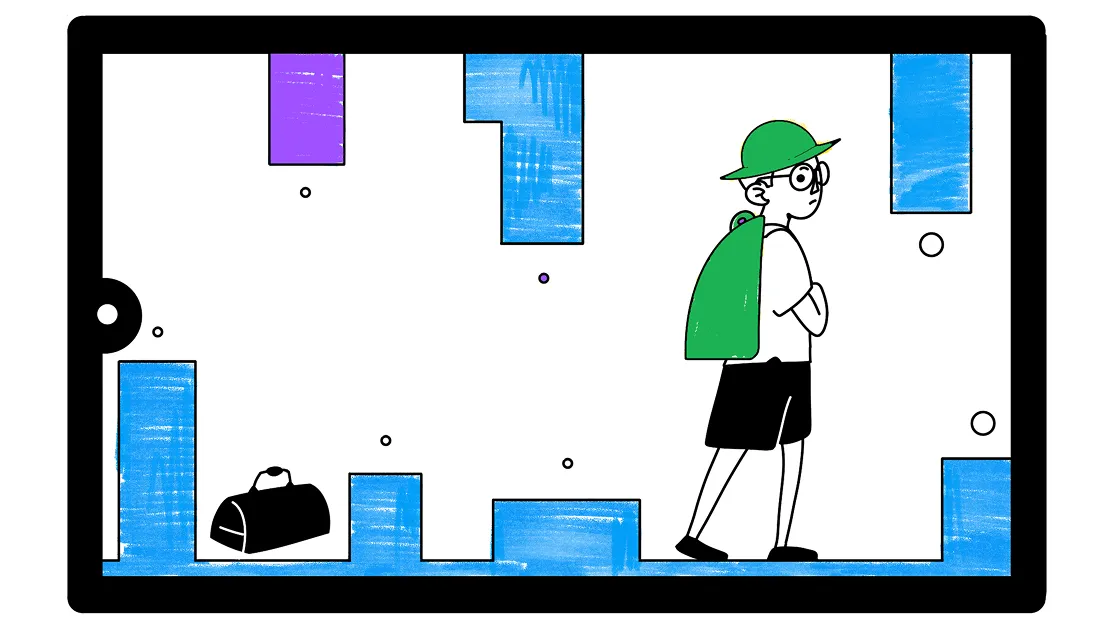
From challenge to solution
At the start of the project, there was no existing methodology in Ukraine (or anywhere else in the world) that would allow for a qualitative study of children's behavior in the context of mine danger, especially during a full-scale war. The Rating Lab team decided to develop everything from scratch.
A total of 25,500 respondents participated in the study, including 12,750 children aged 10–17 from 27 mine-contaminated areas. This is the first behavioral study of this scale in Ukraine, covering real children in frontline communities.
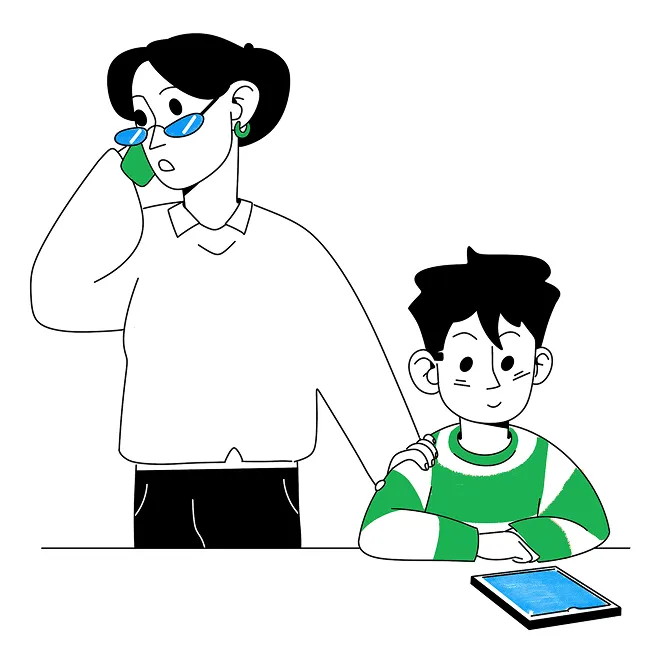
Research methodology
We created Ukraine's first proprietary test that assesses not only knowledge but also behavioral patterns.
We made it interactive to hold children's attention and add an educational component.
We conducted pre-testing and validation with the participation of child psychologists.
We modeled a map of mine-contaminated areas, comparing data from the State Emergency Service with the boundaries of the territorial communities.
We ensured authenticity control (whether the child actually took the test) and dynamic presentation of results.
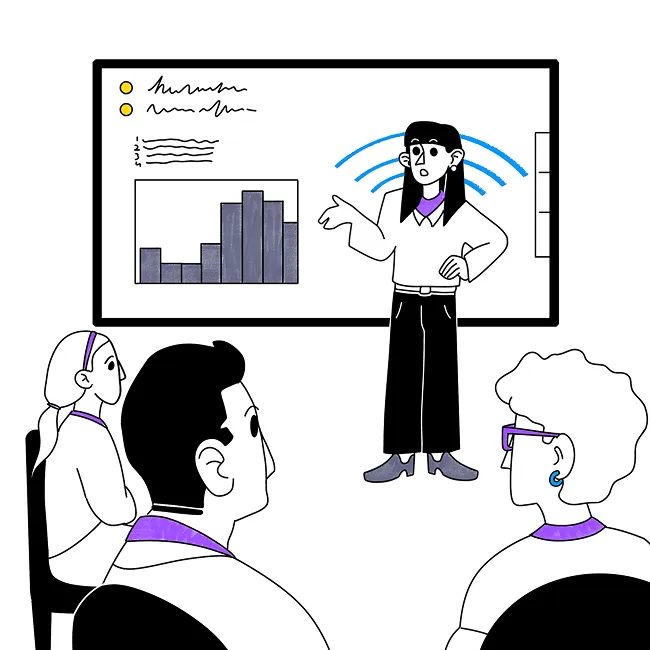
Insights into safe behavior
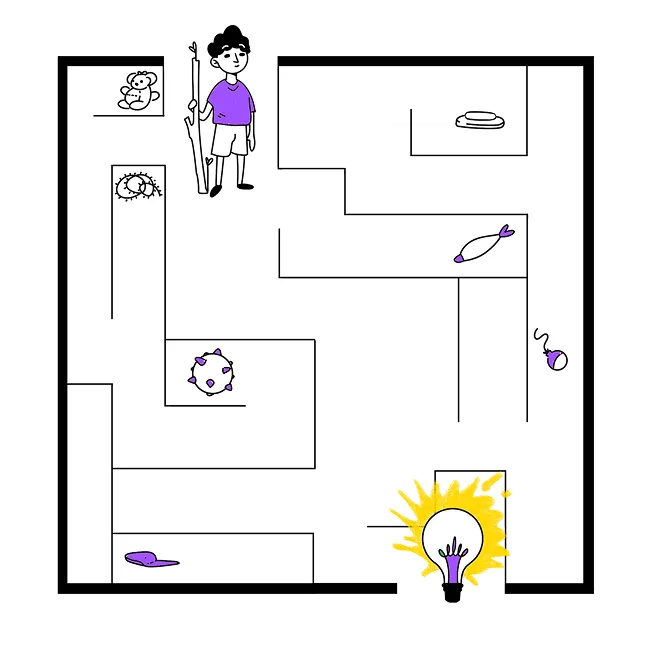
Edutainment works: children who received information from UNICEF comics and cartoons had better safe behavior indicators.
Regular conversations with parents about mine safety significantly reduce risks.
Dangerous myths: Dangerous myths are common among children: for example, that a mine can be picked up carefully or that it becomes safe over time.
Impact for UNICEF
Complete understanding of behavioral patterns in at-risk groups
Clear portraits of target audiences, including the most vulnerable—boys aged 14–17
Insights into which channels, formats, and messages really work
A sound basis for creating new game-based learning campaigns
Data for developing internal training and educational programs
An actual map of mine-affected communities and a behavioral model that can be scaled
Presentation of the study together with UNICEF
UNICEF no longer has to guess how and what to talk to children about. They have a system based on real data, tested in the field and verified sociologically.
This research became more than just analytics. It gave the UNICEF team and partners an accurate risk model, proven tools for influence, and the ability to act effectively in an area where every mistake can cost lives.
This case study is an example of how scientific accuracy and a deep understanding of the social context can provide practical solutions for humanitarian programs. Most importantly, these solutions are already saving children's lives.

